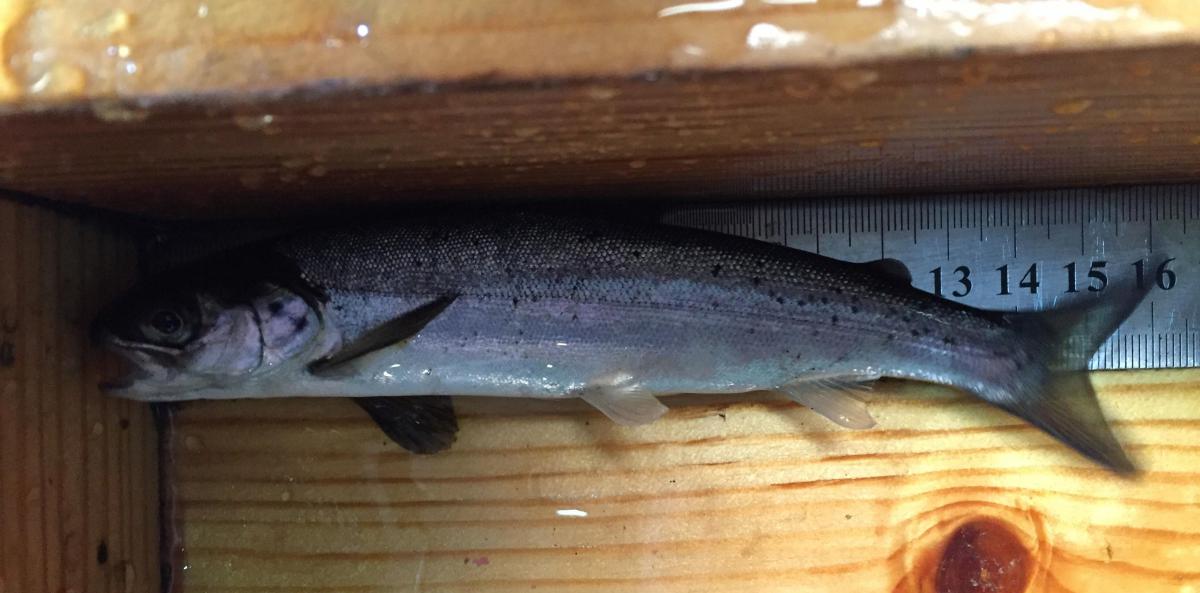Latest News
BBC Antiques Roadtrip come to Tongland!
Amongst the recent tours at Tongland, we had a visit from the Antiques Roadtrip
The 2019 Dinner Auction
Ladies and Gentlemen, we are excited to announce that on the 31st of August this year we are holding a dinner auction at Loch Inch Castle, Castle Kennedy, Stranraer.
'Contact Us' Update
We recently became aware that our Contact Us enquiry form was faulty and it has now been rectified.

